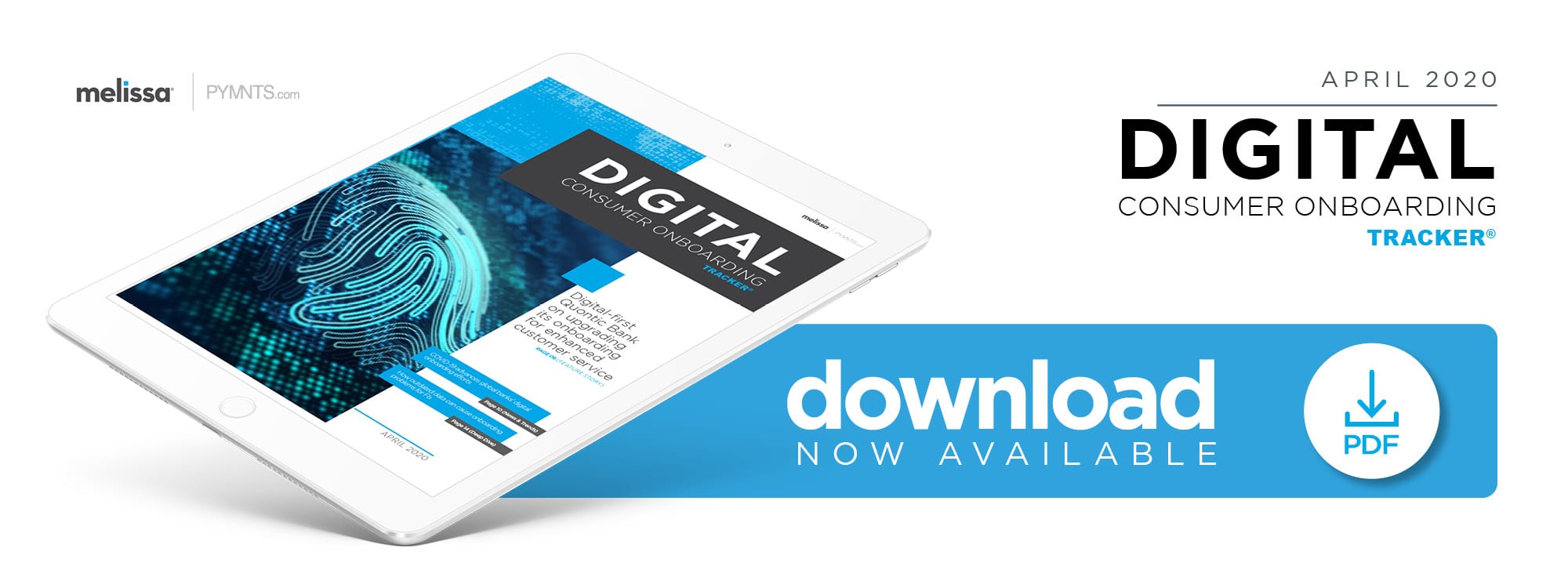Deep Dive: The Need For Real-Time Data To Keep Onboarding Fast And Secure

Onboarding is typically the first interaction customers have with financial institutions (FIs), which leaves a lot riding on the process.
Banks are jostling for space in the market because an expanding number of FinTechs and large-scale technology companies are competing for the same set of consumers.
Banks must enable fast and seamless onboarding experiences, but these processes should also be secure. New account fraud is a significant problem for FIs, with 48 percent of values generated from fraud attempts coming from accounts that have only been open for one day, according to a recent report. FIs do not really have the choice to make onboarding’s security procedures less stringent, however.
Security processes must be effortlessly grafted into onboarding processes, as 38 percent of consumers value user experiences above all else. FIs must find ways to maintain this balance that go beyond simply enabling onboarding through faster and more convenient channels, such as mobile.
There has been greater interest among FIs for tools that can provide the same level of service and satisfaction regardless of channel, with 88 percent of banks’ fraud executives stating that key use cases for risk assessment tools are ones that improve onboarding experiences. FIs should thus consider which details they are using during this process, as access to valid and current data is critical, and its impact on authentication and customer satisfaction has grown as more users start asking for digital banking services over in-person ones.
FIs that are reliant on data caches that are just a year old are at a distinct disadvantage, not only for fraud protection, but also for successful onboarding. Having quicker or real-time access to data means these entities will be able to verify potential customers’ identities much faster, cutting down on the friction points many customers experience when asked to authenticate themselves.
Data and Authentication Frustrations
One of the most frustrating parts of any onboarding experience is the time it takes for customers to complete the process, even via channels designed for ease of use, like mobile banking apps.
One recent report found that 40 percent of consumers abandoned applications on mobile banking apps because of the time involved to sign up. Identity verification is one of the longest parts of the onboarding process because customers must provide numerous details, such as their addresses, bank statements or Social Security numbers, and wait for FIs to validate their details and approve their applications.
This often causes customers to abandon onboarding, meaning that banks looking to remain competitive must shave time off of their onboarding processes. Consumers are searching for instant access to new services, with their experiences on platforms like Netflix and Uber setting customer expectations across various industries. The key to seamless authentication is always having access to the right data, making FIs’ sources for their know-your-customer (KYC) processes extremely important.
Banks pull data from various sources to fulfill financial requests, but much of this information is only collected after consumers have already created accounts. This is why new account fraud is so hard to detect, but risks can be mitigated if FIs take different approaches to which sources they use during onboarding.
Crafting KYC processes that combine customer data from credit agencies, governmental sources, utility companies or even social media sites with banks’ previously siloed data is one way they could potentially enhance their onboarding processes’ security while maintaining speed and seamlessness.
Access to varied data sets can help FIs check potential customers’ information against multiple points for any possible red flags without further involving those customers. Using biometrics in place of old-school knowledge-based authentication (KBA) procedures and passwords can also help improve the overall onboarding experience.
Biometrics and Onboarding
FIs have been interested in biometrics ever since fingerprint-based login became a common functionality on smartphones and other devices. The use of fingerprints, facial recognition or voice prints for banking is not uncommon, but most FIs use these factors to replace passwords, which customers use to sign in to preexisting accounts — not as identifiers for new customers.
Biometric tools can present their own challenges, however, as it can be difficult to verify customers’ biometric indicators when they are not collected during onboarding. Other types of biometric indications, however, may provide unique ways for FIs to maintain the seamlessness users seek when creating new accounts.
Behavioral biometrics can be implemented entirely on the back end and used throughout online banking interactions to ensure consumers are legitimate. Tracking consumers’ keystrokes or typing speeds can help indicate the presence of a bot or other automated technologies fraudsters may use for account takeovers (ATOs) or new account fraud attempts, for example. The same is true for biometrics that track how consumers interact with online or mobile websites, such as taking too long when typing in personal details or comparing their behaviors to those of existing customers whose identities have already been verified.
These technologies are not yet widespread, however, and it will likely be some time before they are commonly used for onboarding and authentication procedures. Banks must examine if biometric tools could work for their onboarding experiences as well. Those that choose not to implement these tools will need to find other ways to expand which data they use, however, and those that cling to KBA and other static data to authenticate and onboard users will quickly find themselves ousted by competitors that have made the effort to innovate.

